This article was co-authored by Mohiba Tareen, MD. Mohiba Tareen is a board certified Dermatologist and the founder of Tareen Dermatology located in Roseville, Maplewood and Faribault, Minnesota. Dr. Tareen completed medical school at the University of Michigan in Ann Arbor, where she was inducted into the prestigious Alpha Omega Alpha honor society. While a dermatology resident at Columbia University in New York City, she won the Conrad Stritzler award of the New York Dermatologic Society and was published in The New England Journal of Medicine. Dr. Tareen then completed a procedural fellowship which focused on dermatologic surgery, laser, and cosmetic dermatology.
There are 13 references cited in this article, which can be found at the bottom of the page.
This article has been viewed 352,610 times.
Sometimes a sunburn can result in dark or light spots on the skin. The spots can be small or clumped together to form large spots that seem to be either lacking pigment or resemble a very dark skin tone. Seeing a dermatologist would be the best first plan of action, but if you cannot afford to see one or an appointment isn’t readily available, there are ways of treating and preventing this "sun spotting" or sun poisoning yourself.
Steps
Treating the Spots
-
1Use Vitamin E Oil. Make sure you use the oil, not lotion. Apply the oil to your skin morning and night.
-
2Use creams that contain sulfur or selenium. These ingredients can help treat the fungus called tinea versicolor, which is often the cause for white sun spots on the skin.[3]
- Tinea versicolor is fungus that actually acts as a sunscreen in your skin, and prolonged sun exposure can make this fungus more visible. But don’t worry—everyone has naturally occurring yeast in their skin, so this fungus is very common.[4]
- Selenium is found in many dandruff shampoos, and you can often get sulfur creams from a dermatologist for a low cost. Put some of this on your skin for 5-10 minutes, then rinse.
- Tinea versicolor is a skin infection that causes the skin to change color. It commonly occurs in people who live in warm and humid climates. It does not spread from person to person and it is not contagious.
Advertisement -
3Try an anti-fungal cream. Since these spots are mostly caused by a yeast in the skin, a simple anti-fungal cream (like one for athlete’s foot or jock itch) sometimes does the trick to minimize the yeast itself and, in turn, the white spots.[5]
- You might also try adding a hydrocortisone cream (1%) to the anti-fungal cream. This has proven more effective for some people using this method.[6]
- If this does not work then consult your doctor he may be able to give you a stronger cortisone cream or even a shampoo.
-
4Apply sunless tanner to the white spots. Since these spots simply lack pigment, applying artificial pigment could help blend them in with the rest of your skin.
- Try applying sunless tanning cream with a Q-Tip to the spots for better precision.[7]
-
5Go to a dermatologist. A procedure called Intense Pulsed Light, or a Photofacial, can be used to treat not just the white spots, but the entire area of sun damaged skin and allow for a more even skin tone.[8]
- If you do not have a dermatologist, contact your primary care provider for a referral to one in your area.
Dealing With Sunburn and Sun Poisoning
-
1Stay hydrated. As with any sunburn, it is vital that you stay hydrated. Drink water and/or sports drinks to replenish lost electrolytes.
- Signs of dehydration include dry mouth, feeling sleepy or dizzy, not having to urinate as frequently, and headache. Children can become dehydrated even easier than adults, so if your child is displaying these symptoms, make sure you talk to a doctor.
- Drink at least 8 eight ounces of water every day, and drink even more when you are out in the sun. Also, watch out for heat exhaustion.
-
2See your doctor. The white spots that show up after sunburn are sometimes guttate hypomelanosis, which is completely harmless and simply a discoloration in the skin believed to be caused by sun damage. This usually occurs in middle aged and older individuals. Although treatment is not usually necessary, some treatments are as follows: topical calcineurin inhibitors, fractional carbon dioxide laser, phenol, and cryotherapy. A doctor can prescribe topical steroids or other medications that may eventually make the spots look better.[9]
-
3Use at-home remedies. You might be surprised to learn how many common household items can be used to soothe a pesky sunburn. Cooked and cooled oatmeal, yogurt, and tea bags soaked in cold water can all be applied to the sunburned skin to create soothing effects.[10]
- Coconut oil applied directly to the burned skin can help soothe and heal the burn.[11]
Preventing the Spots
-
1Stay out of the sun! This can also help to treat the aftermath sun spotting that may have already occurred. Sun poisoning symptoms usually go away on their own within 7-10 days, but the best method of defense is to avoid getting sun poisoning to begin with and actively protect yourself from the sun’s damaging rays.
- UV rays are at their most intense between 10AM and 4PM, so trying to avoid the sun through these hours will be especially important.[12]
-
2Wear sunscreen daily. Dermatologists recommend using “broad-spectrum” sunscreens of at least SPF 30. Broad-spectrum sunscreens block out both UVA and UVB rays. Make sure you apply it at least 15-30 minutes prior to sun exposure.[13]
- A sunburn can occur after spending only 15 minutes in the sun, so applying sunscreen before going outside into the sun is especially important when being proactive with your sun protection.[14]
- These white spots are not completely fixable, as the pigment is gone from the skin. Your best plan of action is to prevent the light spots from spreading, which means protecting your skin before more sun exposure.[15]
- Sun damage can also lead to premature aging, so it's really important that you wear sunscreen when you're going to be out in the sun.[16]
-
3Wear protective clothing. This includes things like hats and sunglasses. The more skin you have covered, the less likely you are to expose yourself to the sun’s harmful rays.
- You might not know it, but the sun can be very damaging to your eyes. Around 20% of all cases of cataracts can be directly related to UV exposure and damage. The sun can also cause macular degeneration, which is one of the foremost causes of blindness in the US.[17]
-
4Check your medications. If you are taking any medications, you will want to check out the literature that came along with them from the pharmacy. Some drugs are known to cause further sensitivity to UVA/UVB rays, which could put you at more risk for sun poisoning if you don’t protect your skin.[18]
- Some of these medications include some types of antidepressants, some antibiotics, some acne medications, and even some diuretics.[19] These are only a few examples, so be sure to check yours specifically.
- If you no longer have the literature that came along with your prescriptions and medications, ask your doctor or pharmacist.
Expert Q&A
Did you know you can get premium answers for this article?
Unlock premium answers by supporting wikiHow
-
QuestionHow do I get rid of dark sunspots from sun damage?
 Mohiba Tareen, MDMohiba Tareen is a board certified Dermatologist and the founder of Tareen Dermatology located in Roseville, Maplewood and Faribault, Minnesota. Dr. Tareen completed medical school at the University of Michigan in Ann Arbor, where she was inducted into the prestigious Alpha Omega Alpha honor society. While a dermatology resident at Columbia University in New York City, she won the Conrad Stritzler award of the New York Dermatologic Society and was published in The New England Journal of Medicine. Dr. Tareen then completed a procedural fellowship which focused on dermatologic surgery, laser, and cosmetic dermatology.
Mohiba Tareen, MDMohiba Tareen is a board certified Dermatologist and the founder of Tareen Dermatology located in Roseville, Maplewood and Faribault, Minnesota. Dr. Tareen completed medical school at the University of Michigan in Ann Arbor, where she was inducted into the prestigious Alpha Omega Alpha honor society. While a dermatology resident at Columbia University in New York City, she won the Conrad Stritzler award of the New York Dermatologic Society and was published in The New England Journal of Medicine. Dr. Tareen then completed a procedural fellowship which focused on dermatologic surgery, laser, and cosmetic dermatology.
FAAD Board Certified Dermatologist
-
QuestionI went on a field trip to an aqua themed park and then I got red marks that looked like I had applied blush. I felt it itching about 20% of the time. I started applying yogurt to my face and the itching died down. But then I noticed some spots. What should I do?
 Chris M. Matsko, MDDr. Chris M. Matsko is a retired physician based in Pittsburgh, Pennsylvania. With over 25 years of medical research experience, Dr. Matsko was awarded the Pittsburgh Cornell University Leadership Award for Excellence. He holds a BS in Nutritional Science from Cornell University and an MD from the Temple University School of Medicine in 2007. Dr. Matsko earned a Research Writing Certification from the American Medical Writers Association (AMWA) in 2016 and a Medical Writing & Editing Certification from the University of Chicago in 2017.
Chris M. Matsko, MDDr. Chris M. Matsko is a retired physician based in Pittsburgh, Pennsylvania. With over 25 years of medical research experience, Dr. Matsko was awarded the Pittsburgh Cornell University Leadership Award for Excellence. He holds a BS in Nutritional Science from Cornell University and an MD from the Temple University School of Medicine in 2007. Dr. Matsko earned a Research Writing Certification from the American Medical Writers Association (AMWA) in 2016 and a Medical Writing & Editing Certification from the University of Chicago in 2017.
Family Medicine Physician
Warnings
- Severe sunburns can cause equally as severe problems in your body. If your sunburn is very bad, seek medical attention.⧼thumbs_response⧽
Things You'll Need
- Vitamin E Oil -40,000 LU or higher potency- (from your local drug store)
- Sulfur cream or dandruff shampoo (with selenium)
- Water and/or sports drinks
- Protective clothing (hats, sunglasses)
- Sunscreen lotion
References
- ↑ https://www.thehealthsite.com/beauty/6-beauty-benefits-of-vitamin-e-oil-for-your-face-body-and-hair-k0115-265165/
- ↑ http://www.ncbi.nlm.nih.gov/pubmed/12789176
- ↑ http://www.miamiherald.com/living/health-fitness/skin-deep/article27942820.html
- ↑ http://www.miamiherald.com/living/health-fitness/skin-deep/article27942820.html
- ↑ http://cchealth.org/column/healthy_outlook_aug04_2006.php
- ↑ http://cchealth.org/column/healthy_outlook_aug04_2006.php
- ↑ http://www.paulaschoice.com/expert-advice/brown-spots/_/white-spots
- ↑ https://www.realself.com/question/remove-white-sun-spots
- ↑ http://www.dermnetnz.org/colour/guttate-hypomelanosis.html
- ↑ http://health.usnews.com/health-news/articles/2012/06/28/try-these-at-home-sunburn-treatments
- ↑ http://www.today.com/style/spring-skin-diy-remedies-treat-trouble-spots-t84801
- ↑ http://www.medicinenet.com/sunburn_and_sun_poisoning/article.htm#sunburn_and_sun_poisoning_facts
- ↑ http://www.webmd.com/skin-problems-and-treatments/sun-poisoning
- ↑ http://www.webmd.com/skin-problems-and-treatments/sun-poisoning
- ↑ http://www.paulaschoice.com/expert-advice/brown-spots/_/white-spots
- ↑ Mohiba Tareen, MD. FAAD Board Certified Dermatologist. Expert Interview. 26 March 2020.
- ↑ https://nei.nih.gov/hvm/healthy_eyes_glasses
- ↑ http://www.webmd.com/skin-problems-and-treatments/sun-poisoning
- ↑ http://www.webmd.com/skin-problems-and-treatments/sun-poisoning
About This Article
To get rid of white spots on the skin due to sun poisoning, apply vitamin E oil every morning and night until they go away. You can also use an antifungal cream meant for athlete’s foot since white spots are mostly caused by a yeast in the skin. If you have more severe damage you need to treat, consider going to a dermatologist to get a Pulsed Light procedure to give the entire area a more even skin tone. Keep reading for advice from our Medical reviewer on how to prevent sunspots.
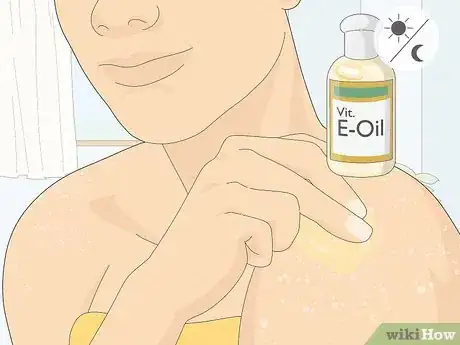

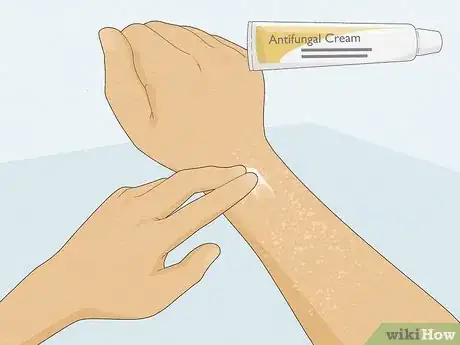
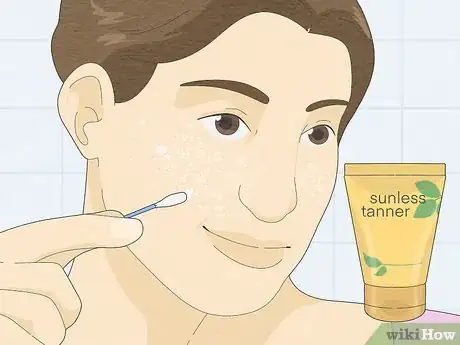

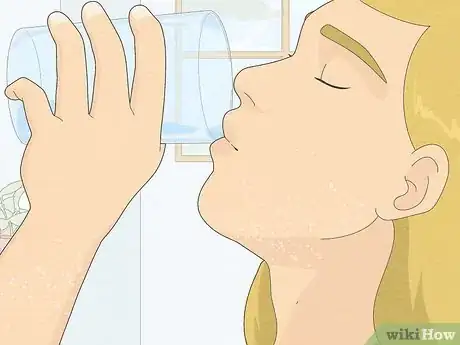
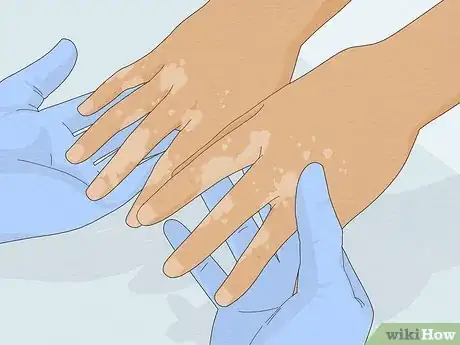
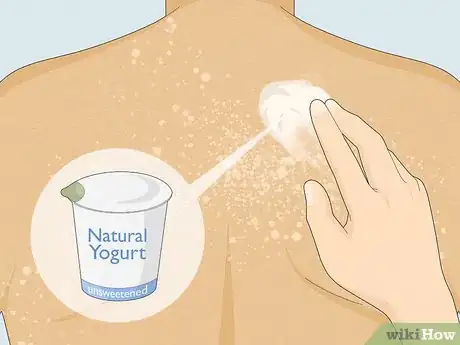



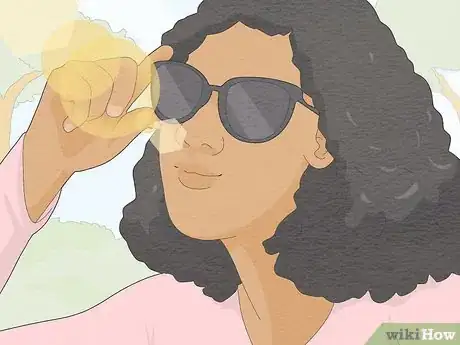

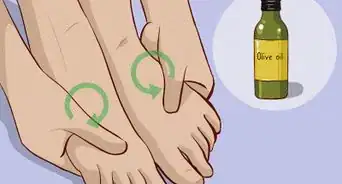
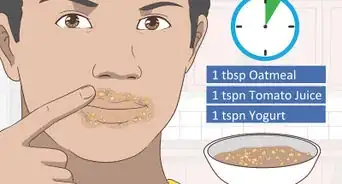

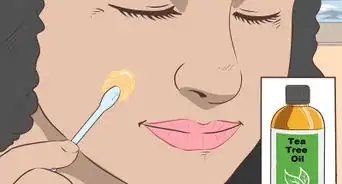
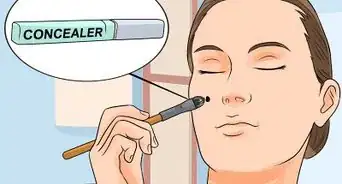
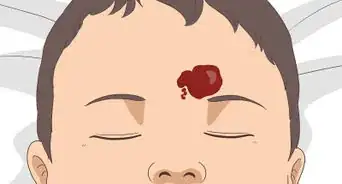
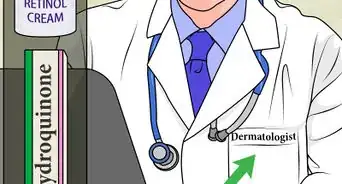
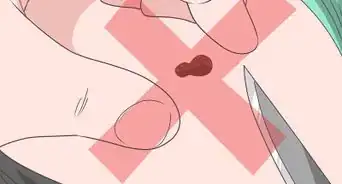
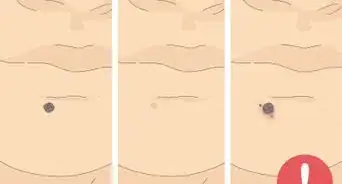

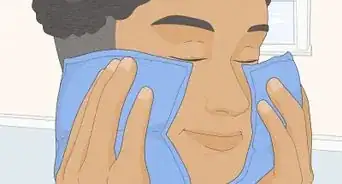









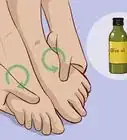
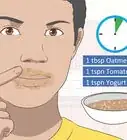




































Medical Disclaimer
The content of this article is not intended to be a substitute for professional medical advice, examination, diagnosis, or treatment. You should always contact your doctor or other qualified healthcare professional before starting, changing, or stopping any kind of health treatment.
Read More...